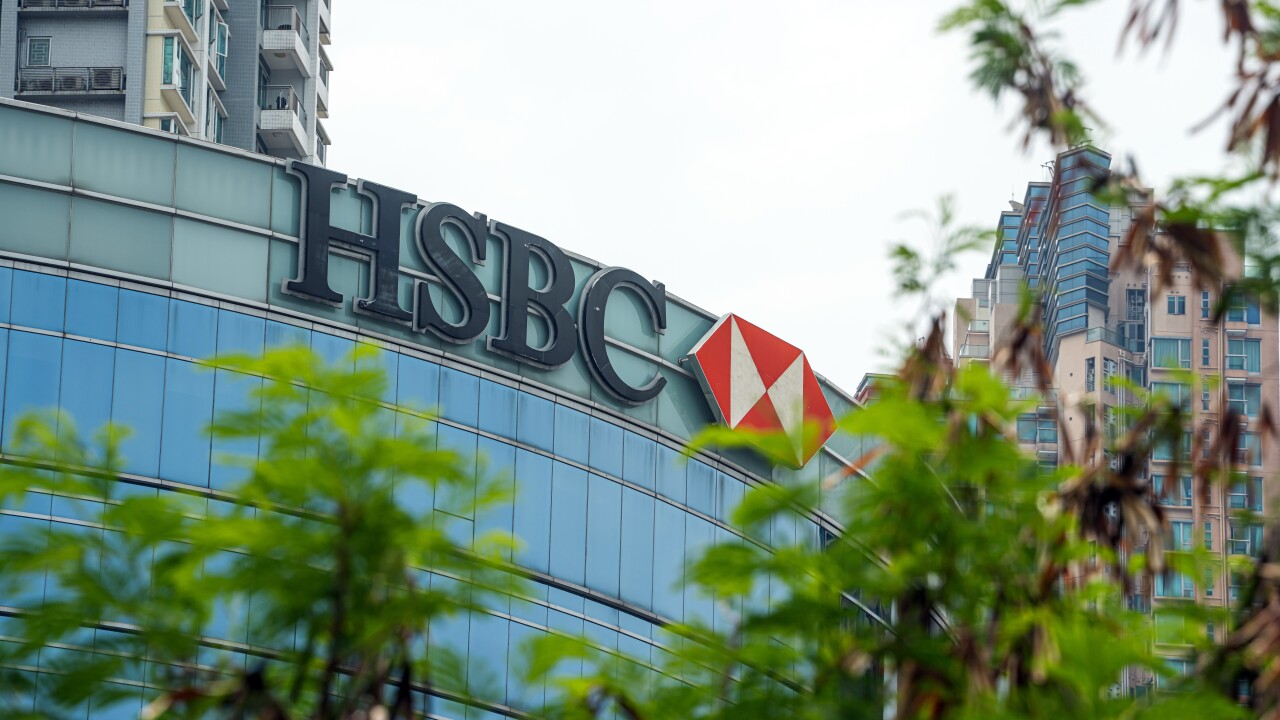-
A highly anticipated report by the Government Accountability Office has found that the subsidy large banks receive for their size has been reduced or even eliminated since the financial crisis.
July 31 -
Studies of whether big banks enjoy implicit funding subsidies should take into account the effect of post-Dodd-Frank legislation and regulation, write Aaron Klein and Peter Ryan of the Bipartisan Policy Center.
July 28 -
There are enough studies quantifying the subsidies that too-big-to-fail banks receive. The focus should now be on the other benefits that keep big banks too large to manage, supervise or even jail.
May 2 -
Sens. Sherrod Brown, D-Ohio, and David Vitter, R-La., continued to press their case over "too big to fail" on Thursday, in the wake of a new government report that raises fresh questions about the size of a market subsidy for the largest institutions.
July 31
A new
No matter how you cut it, a subsidy is a subsidy. And this subsidy is one that puts the American taxpayer on the hook.
The report also shows that the size of the subsidy falls in relatively stable periods and increases in times of stress. This means that the value of being too-big-to-fail increased significantly during the financial crisis, and would do the same in subsequent downturns.
There's no question that another crisis will occurit's only a matter of when. Meanwhile, the largest financial institutions are only getting bigger. According to our analysis of call report data from the Federal Deposit Insurance Corp., since the end of 2009, the assets of the six largest financial institutions have grown each year. Their total assets rose from $6.41 trillion in 2009 to $7.22 trillion in 2014a total increase of $800 billion. The top six banks are also responsible for more than half of the $2 trillion increase in total U.S. banking assets in the years since 2009.
Logic suggests that it would behoove us to put an end to something bad before it gets even worse. That is why the Independent Community Bankers of America supports real reforms that tackle too-big-to-fail, such as the Terminating Bailouts for Taxpayer Fairness Act, introduced by Sens. Sherrod Brown, D-Ohio, and David Vitter, R-La. The TBTF Act would require the largest and riskiest banks to hold more leverage equity capital to reduce their risks and avoid future taxpayer bailouts.
Additionally, ICBA supports the Subsidy Reserve Act of 2013, which would require TBTF banks and firms to establish and maintain a reserve to be funded annually in the amount of their subsidy. We also support a range of other proposed solutions to the too-big-to-fail problem, including the proposals of FDIC vice chairman Thomas Hoenig and Federal Reserve Bank of Dallas president and chief executive Richard Fisher.
Hoenigs proposal would separate the core banking activities of deposit-taking and lending, which are covered by FDIC deposit insurance, from dealing and market making, brokerage and proprietary trading. Fishers proposal would restructure too-big-to-fail financial institutions into multiple business entities and limit the federal safety netFDIC insurance and access to the Federal Reserve discount windowto those entities that practice commercial banking.
Todays GAO report reiterates the importance of ending the too-big-to-fail epidemic. It is necessary for the long-term health of Americas communities, not only today but in the generations to come.
Camden R. Fine is president and CEO of the Independent Community Bankers of America.





